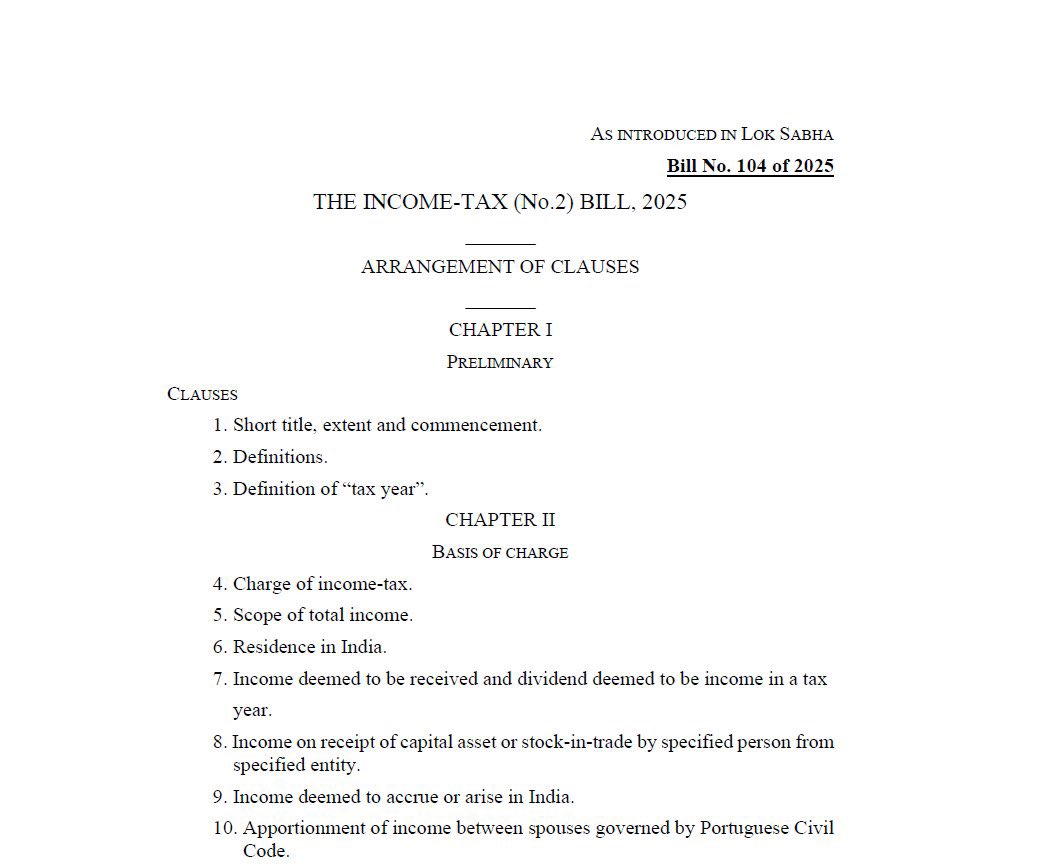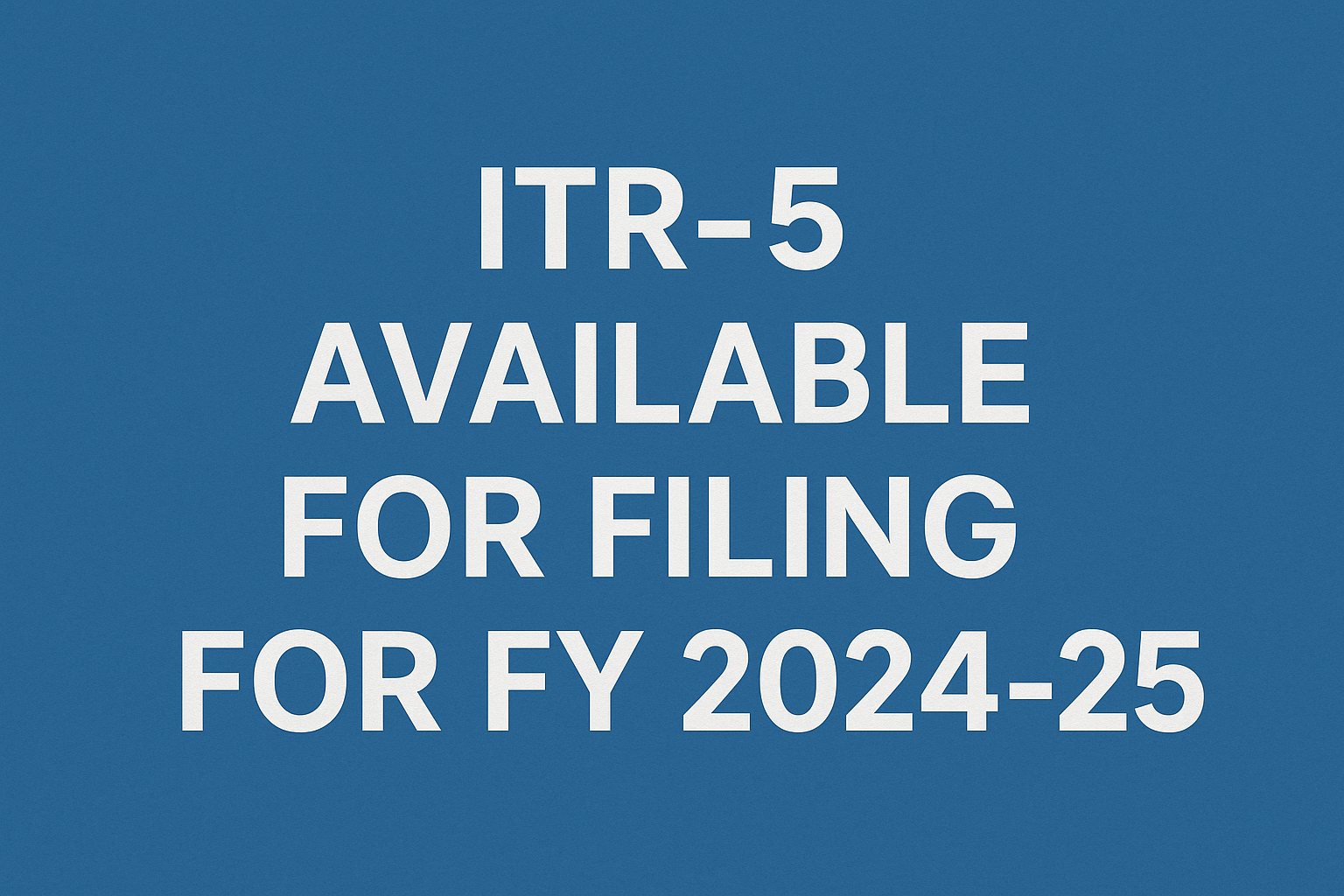Investing in the share market can be highly rewarding, offering potential for significant returns through capital gains and dividends. However, these transactions come with specific tax implications, and understanding how to report them correctly in your Income Tax Return (ITR) is crucial. This article will guide you through the intricacies of share market transactions and how to file ITR 2, ensuring compliance with tax regulations.
ITR 2 is an Income Tax Return form used by individuals and Hindu Undivided Families (HUFs) who do not have income from business or profession. This form is suitable for those who have income from the following sources:
- Salary/Pension
- House Property
- Capital Gains
- Other Sources (including interest, dividends, and winnings from lottery, bets on racehorses, etc.)
Section 1: Share Market Transactions and Tax Implications
Types of Income from Share Market Transactions
- Capital Gains:
- Short-term Capital Gains (STCG): Gains from the sale of equity shares or equity-oriented mutual funds held for less than 12 months.
- Long-term Capital Gains (LTCG): Gains from the sale of equity shares or equity-oriented mutual funds held for more than 12 months.
- Dividend Income:
- Income earned as dividends from shares.
- Interest Income:
- Income earned from bonds and other fixed-income securities.
Tax Treatment of Capital Gains
- Short-term Capital Gains (STCG):
- STCG on equity shares and equity-oriented mutual funds is taxed at 15% under Section 111A.
- Long-term Capital Gains (LTCG):
- LTCG exceeding INR 1 lakh from equity shares and equity-oriented mutual funds is taxed at 10% without the benefit of indexation under Section 112A.
- Indexation Benefit:
- For assets other than equity shares and equity-oriented mutual funds, indexation allows the taxpayer to adjust the purchase price of an asset to account for inflation, thereby reducing the taxable gains.
Tax Treatment of Dividend Income
- Dividends received from domestic companies:
- From the financial year 2020-21, dividends are taxable in the hands of the investor at their applicable slab rates.
- TDS on Dividend Income:
- A 10% TDS is deducted by the company if the dividend amount exceeds INR 5,000.
Section 2: Filing ITR 2 for Share Market Transactions
Step-by-Step Guide to Filing ITR 2
- Collecting Necessary Documents:
- PAN Card
- Aadhaar Card
- Bank account details
- Form 16 (if applicable)
- Form 26AS
- Transaction statements from brokers
- Dividend statements
- Filling Personal and Basic Details:
- Enter your personal information, such as name, address, PAN, and Aadhaar details.
- Reporting Income:
- Salary/Pension: Enter details from Form 16.
- House Property: Provide information on rental income or self-occupied property.
- Capital Gains: Use your transaction statements to report STCG and LTCG. Ensure accuracy by cross-checking with Form 26AS.
- Other Sources: Report interest and dividend income.
- Deductions:
- Claim deductions under various sections like 80C, 80D, etc. Enter the relevant details and amounts.
- Tax Computation and Verification:
- The software will compute your total taxable income and tax liability. Verify all entries for accuracy.
- Payment of Tax:
- Pay any remaining tax liability through net banking or other available methods.
- Verification and Submission:
- Once the form is filled and verified, submit it online. After submission, e-verify the return through Aadhaar OTP, net banking, or other available methods.
Common Mistakes to Avoid
- Incorrect Reporting of Capital Gains:
- Ensure accurate calculation and reporting of both STCG and LTCG.
- Missing Dividend Income:
- Report all dividend income, even if no TDS has been deducted.
- Not Claiming Deductions:
- Ensure all eligible deductions are claimed to reduce taxable income.
Filing ITR 2 for share market transactions requires careful reporting and understanding of tax implications. By following this detailed guide, you can ensure accurate and compliant filing of your tax return. Staying informed and meticulous in your documentation will not only keep you in good standing with tax authorities but also optimize your tax liability.
Visit www.cagurujiclasses.com for practical courses










